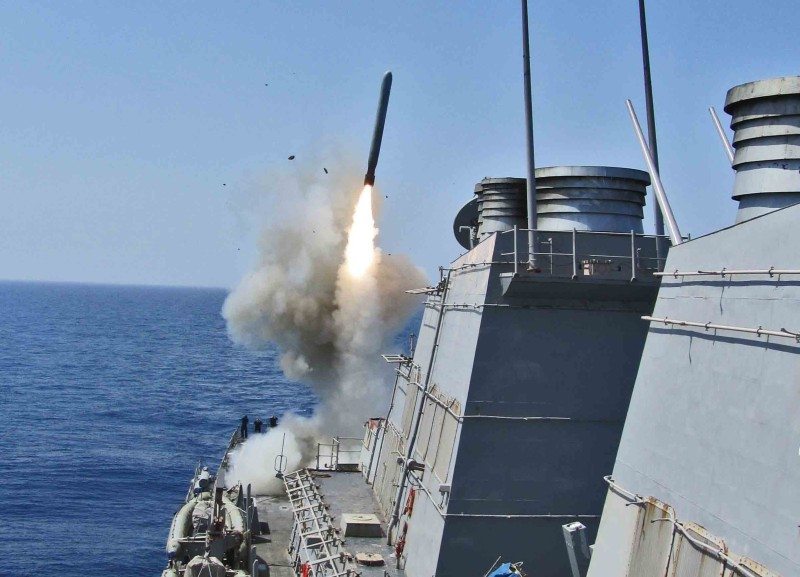A U.S. military fighter jet destroyed two of Libyan dictator Moammar Gadhafi’s surface-to-air missile sites near the Libyan capital of Tripoli April 18, continuing U.S. support of NATO operations there, officials reported.
Since NATO took the lead of multilateral operations in Libya on April 1, U.S. military aircraft have flown more than 800 sorties in support of Operation Unified Protector.
More than 150 of those sorties have been “suppression of enemy air defense” missions, eight of which included ordnance drops, officials said.
The tempo of NATO operations in Libya remains high, alliance spokesman Oana Lungescu told reporters April 19, from NATO headquarters in Belgium. Allied aircraft have flown more than 2,800 missions, about half of which were airstrikes on Colonel Gadhafi’s forces and facilities.
“We are keeping up the pressure on the Gadhafi regime forces to stop their brutal onslaught against civilians,” Ms. Lungescu said. “It’s a challenging task, but we are making significant progress in weakening Gadhafi’s ability to use his military machine against his own people.”
Brig. Gen. Mark van Uhm, of the Dutch army, and the chief of NATO’s allied operations, said the situation on the ground in Libya remains fluid and dynamic.
The arms embargo and no-fly zone over Libya are proving to be effective, he said.
Over the past week, NATO aircraft have destroyed ammunition bunkers, tanks, radars and other Gadhafi military equipment, and will continue to launch attacks until Colonel Gadhafi yields his campaign, the general said.
“We are steadily degrading his command-and-control capabilities and his ability to sustain forces on the ground,” he said. “We are maintaining a high operational tempo, and we adjust our operations on a daily basis against what is clearly a rapidly changing environment on the ground.”
Offensive strike missions will continue until a clear signal comes through that civilians are not under threat, he added.
(Note: Airmen assigned to the 313th Air Expeditionary Wing in Western Europe are also directly supporting Operation Unified Protector through air refueling missions, as well as airlift support.)










